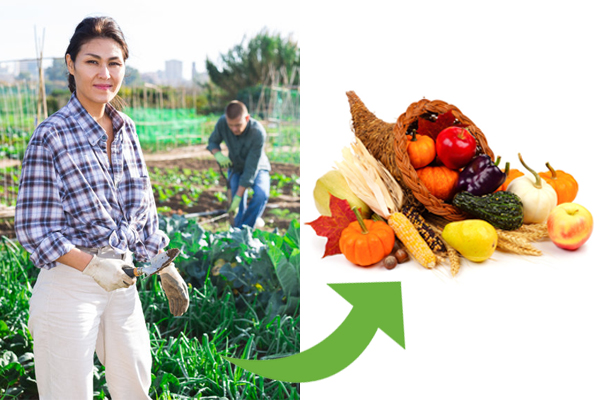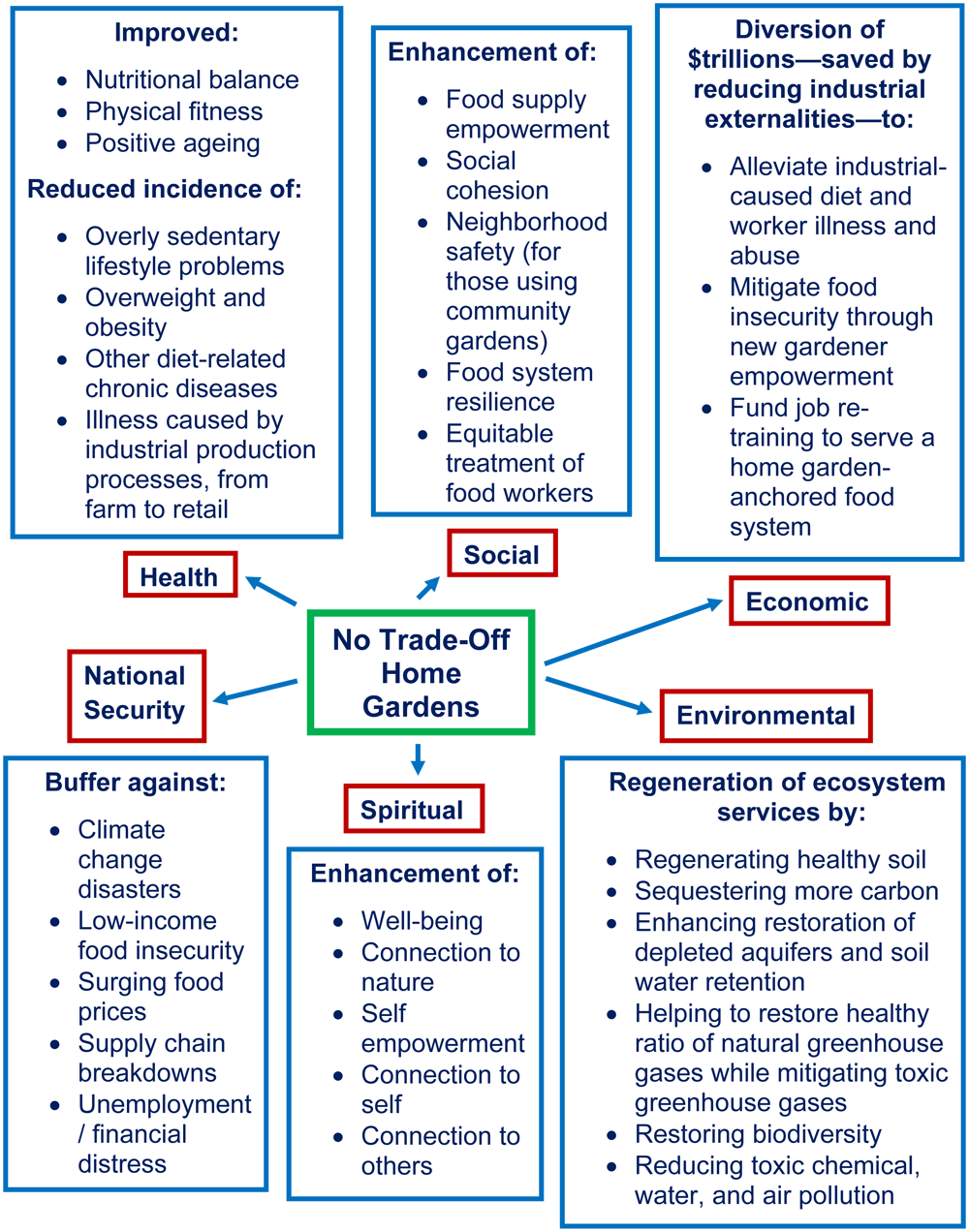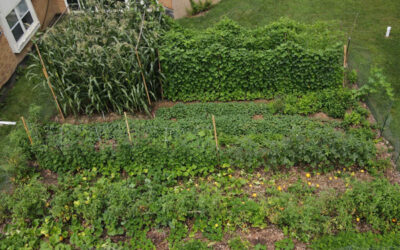It’s just so telling how mass food production is portrayed as a set of trade-offs, regardless of whether conventional or sustainable systems are being invoked. Yes, you get some wins if you do it this way, but also some losses. And if you go this other way, you eliminate some losses of the first way and pick up some new wins, but you also bring in new losses. No way out it.
Or so the conventional thinking goes.
For instance, with the industrial food system, you get extraordinary convenience: 43,000 items to choose from at the typical supermarket, all at the cheapest prices in the world in proportion to average income. But you also get tremendously harmful and non-sustainable health, economic, social, and environmental losses. So much so that industrial food couldn’t function without offloading those negative operating losses onto other segments of society.
So, switch to local, organic, regenerative farms and you get a huge increase in sustainability, but also considerably higher prices on average. Some can afford them, but with about 20% of the country food insecure, 30-year high inflation, and food prices soaring, most don’t want to go that route. Better to just continue to get cheap food and pay in other ways for 40% of the population suffering from obesity, over a third being diabetic or pre-diabetic, huge taxpayer-funded subsidies, toxic agricultural pollution, etc.
So either way, trade-offs, right?
Not necessarily. With home food gardens, there are no negative prices to pay if they’re done appropriately. That is, voluntarily, and with enjoyment. Those two conditions obviate “back-breaking labor,” “too much time investment,” “just not up to it” and other objections that may be claimed as losses of self-sufficiency gardening. Yet it is feasible to garden abundantly—as I’ve indicted in other blogs—while fully enjoying it, at the level that you choose. (And not only as an individual, but also at the level of mass production, as you’ll see in an upcoming blog on Dacha gardens in Russia.) So I’ll repeat: if you can’t garden voluntarily and with enjoyment, go with whatever is your next best option.
All that said, it’s important to remember that properly done home food gardening is all wins, no losses (AWNL) regardless of its percentage of national food production, whether it’s quite small or a large proportion thereof. About 50% of all Russia’s food is produced in household gardens, on just 2% of the country’s agricultural land. Here, we don’t know what the current proportion is, because the USDA hasn’t measured it since the latter stages of WWII, when 40% of all vegetables were produced in home “victory gardens.” In any case, it’s clear that with self-sufficiency gardens there is no intrinsic lack of capacity to scale up to mass production, so that also is not a trade-off.
Now, here is an overview of All Wins No Losses home food gardening. Which is to say, there are no trade-offs. See what you think.






0 Comments